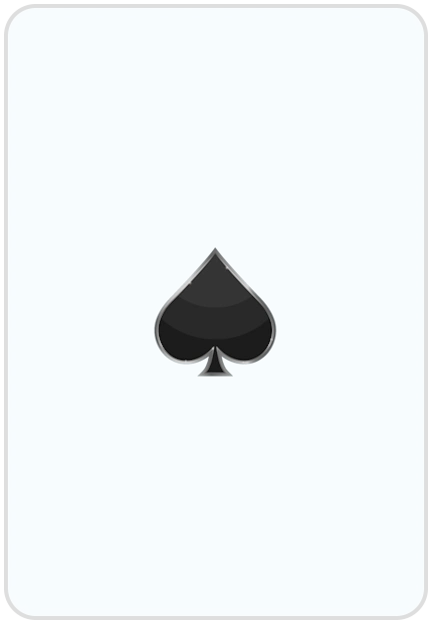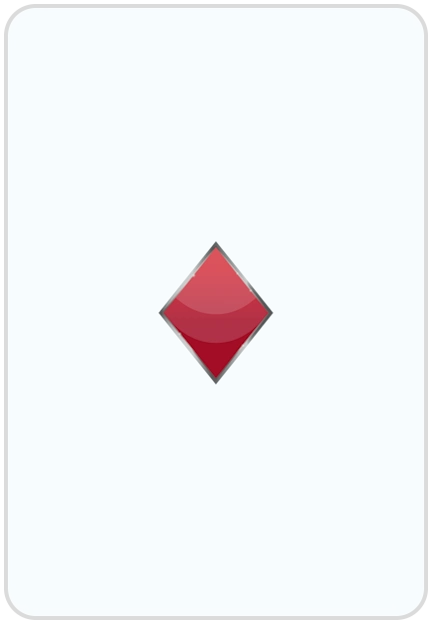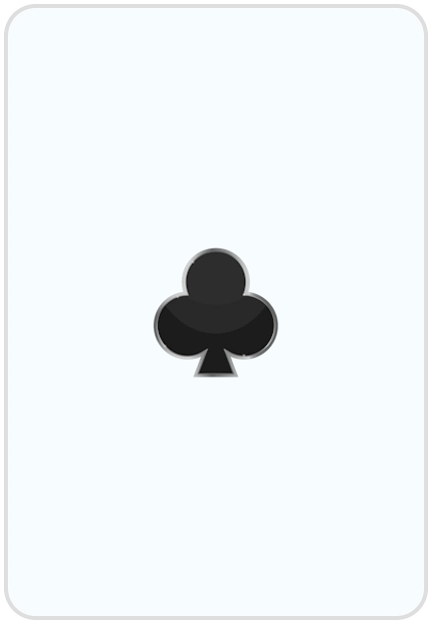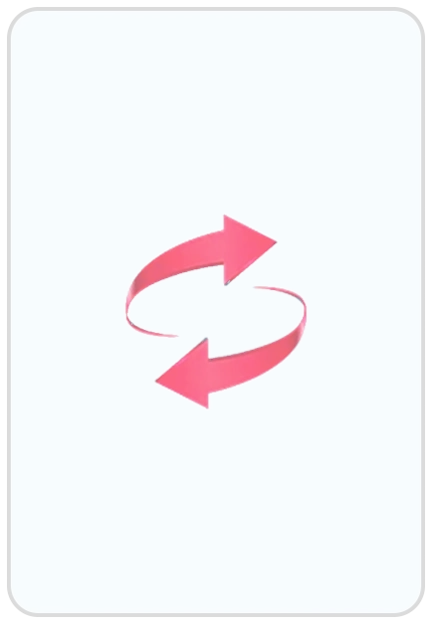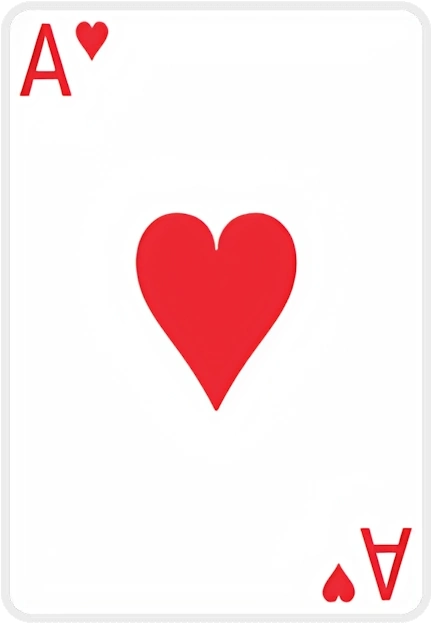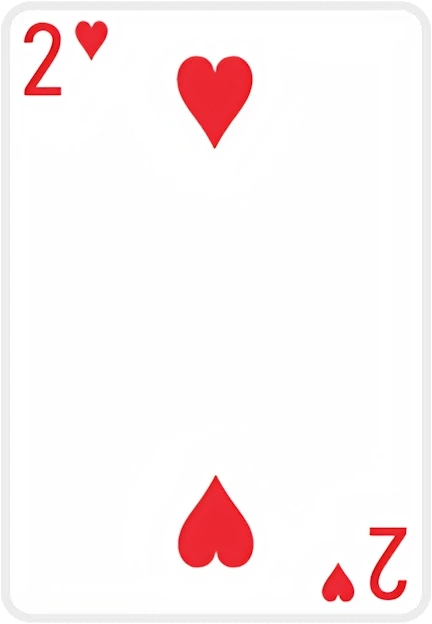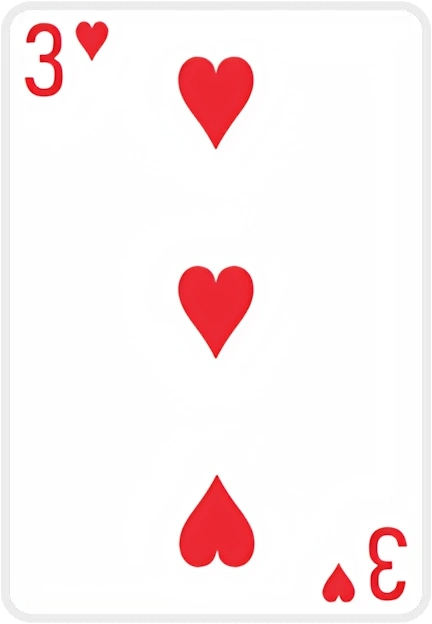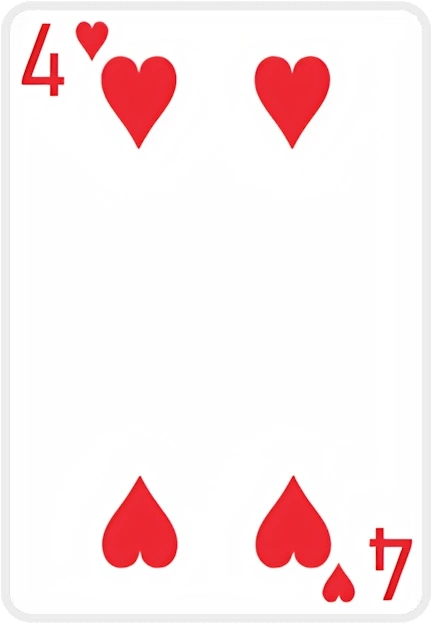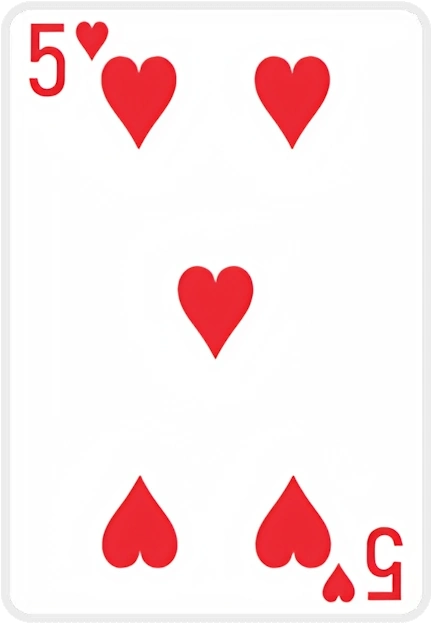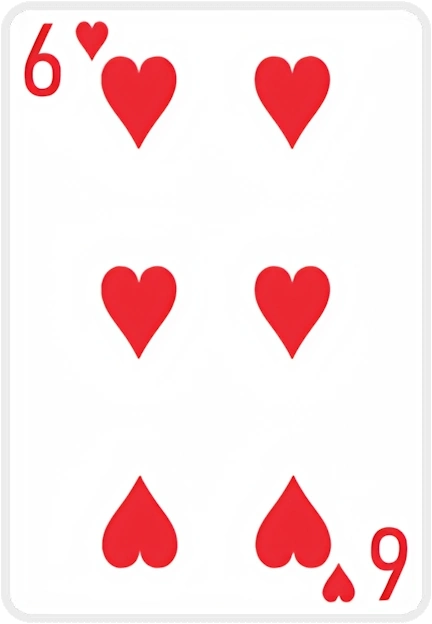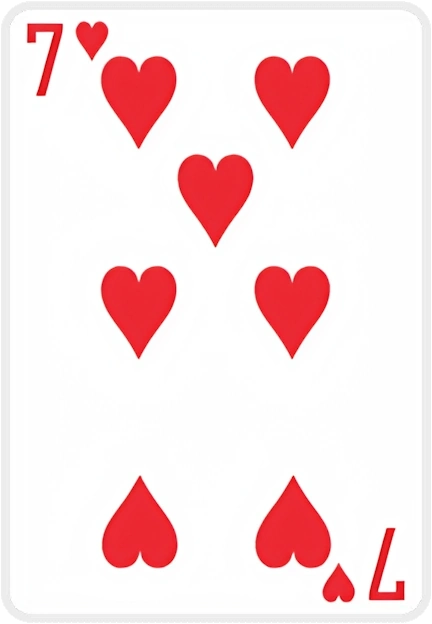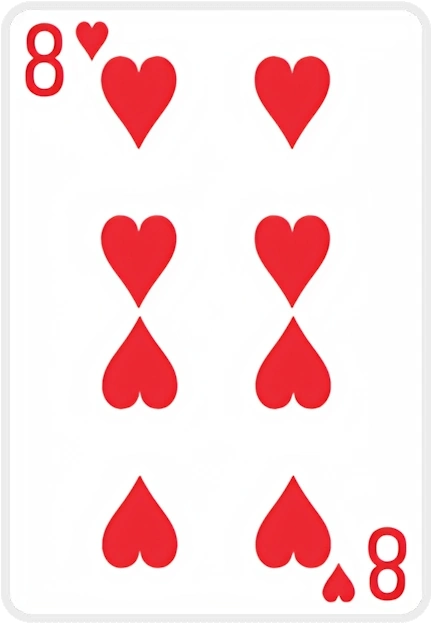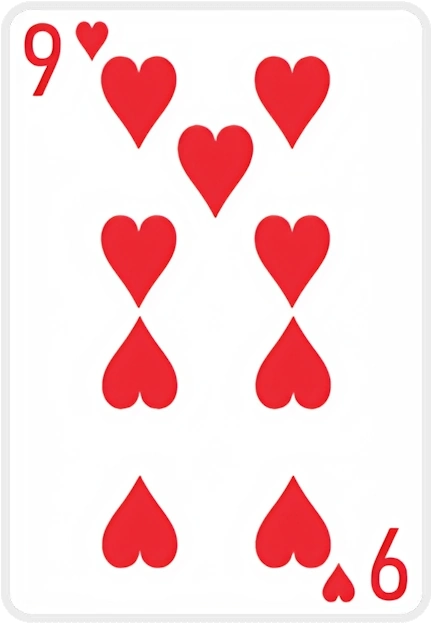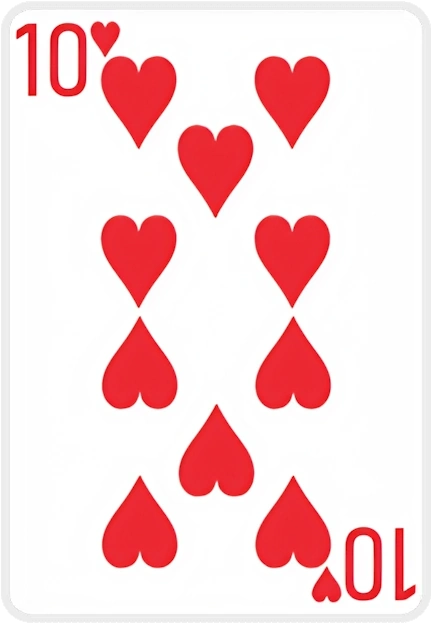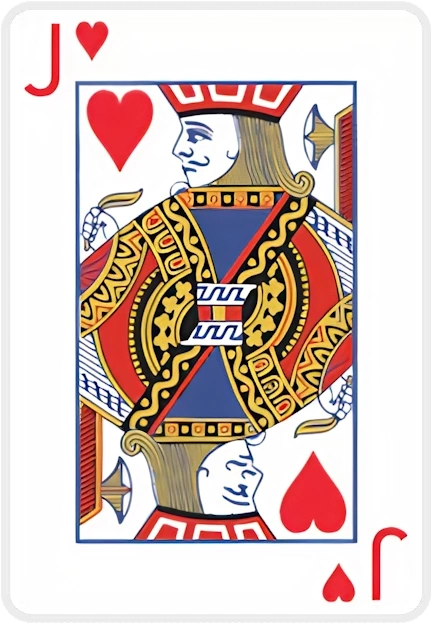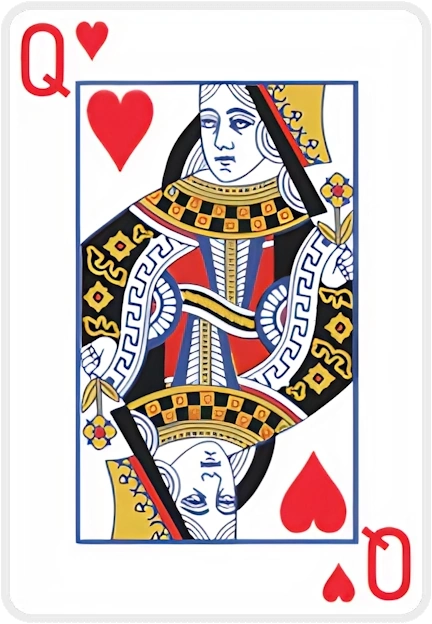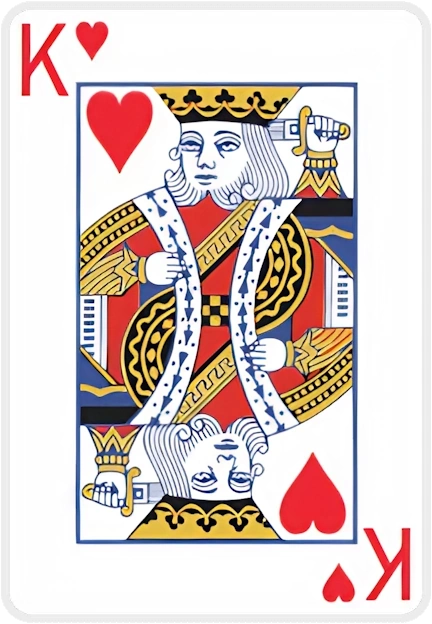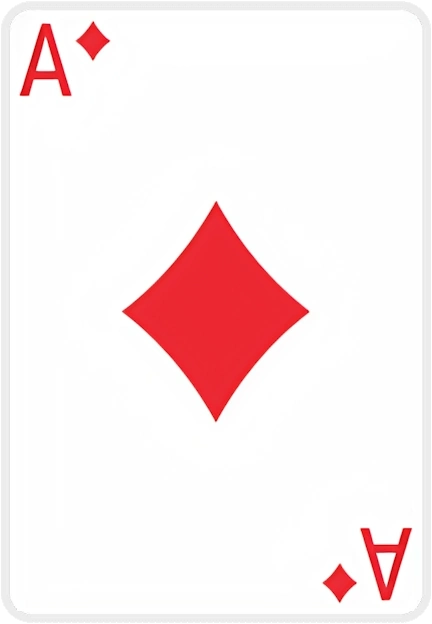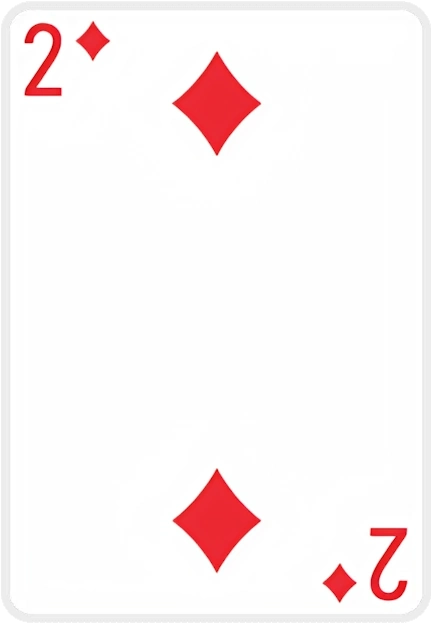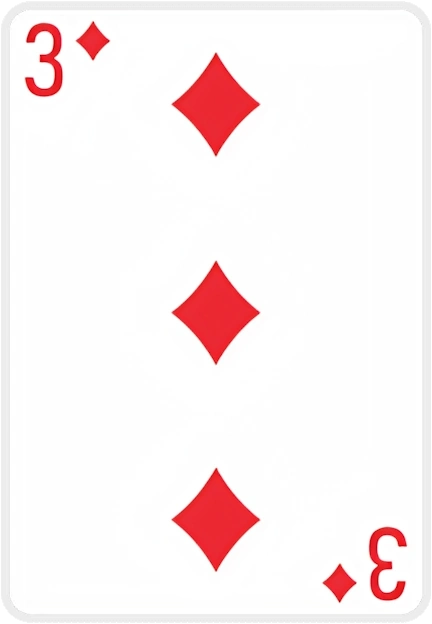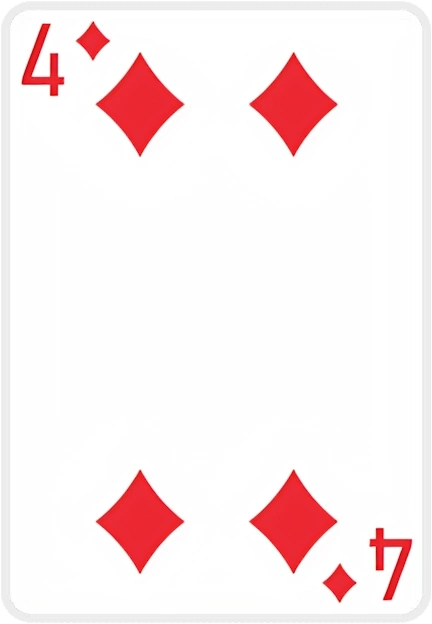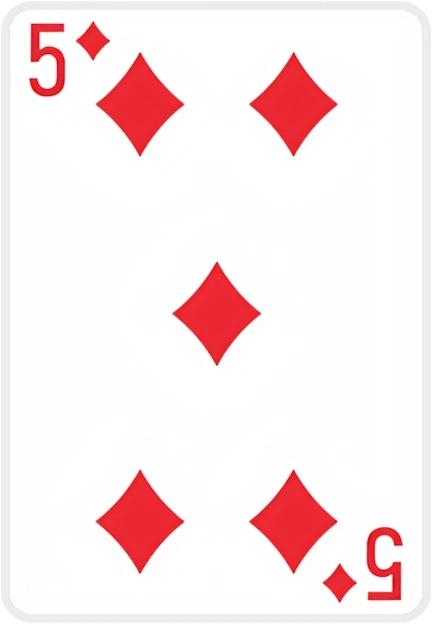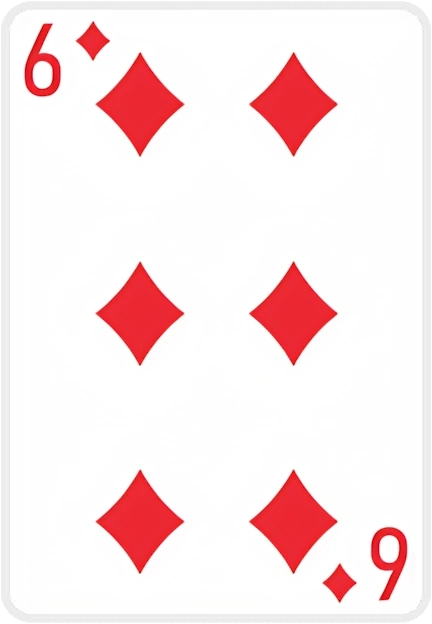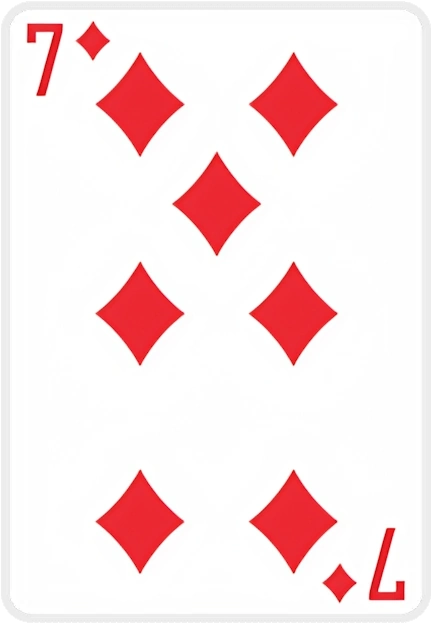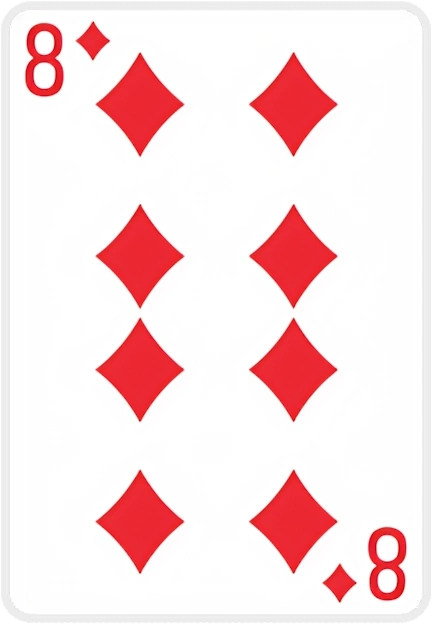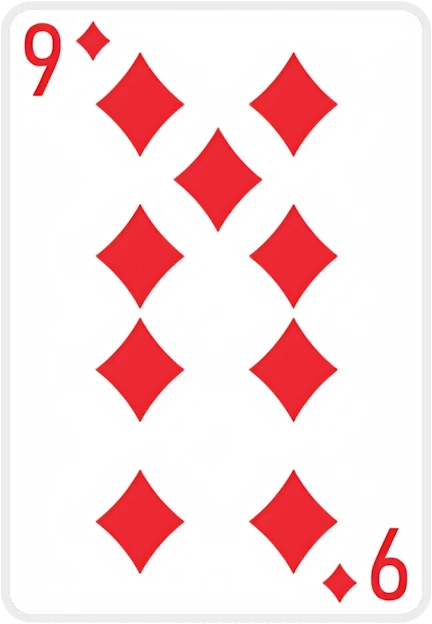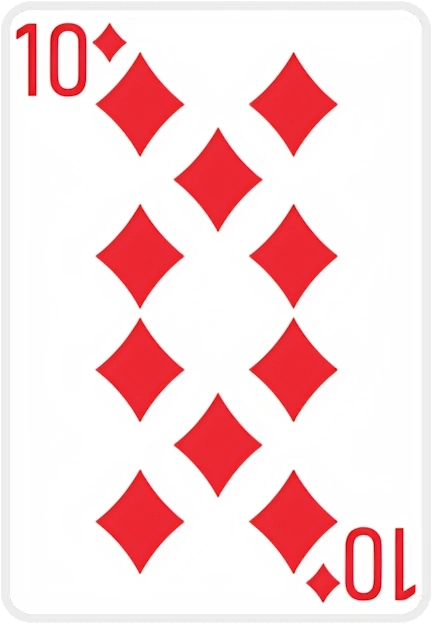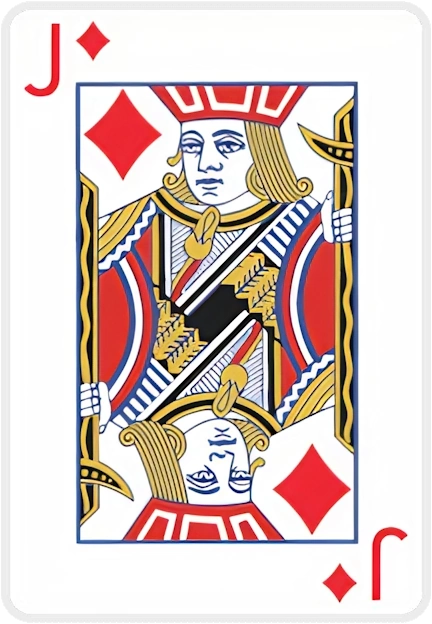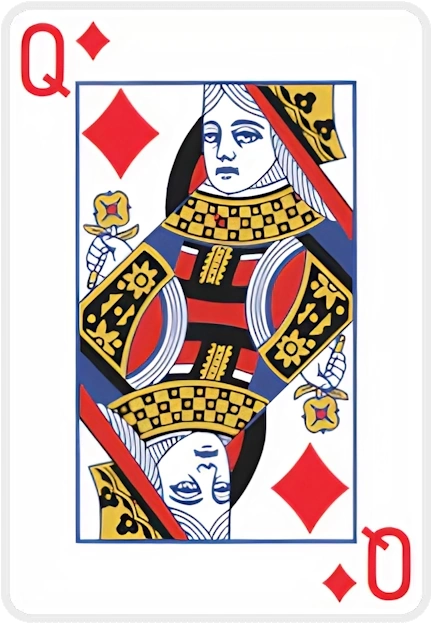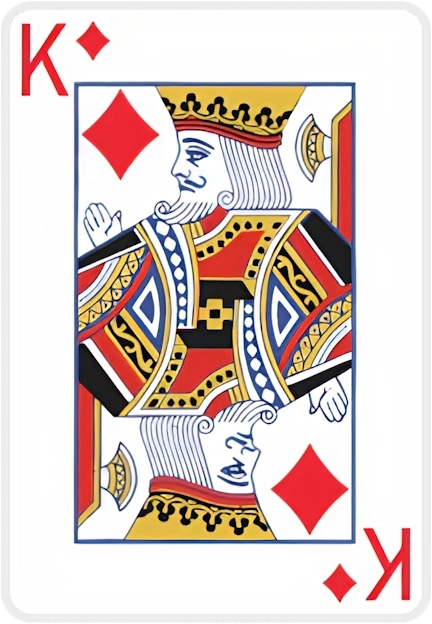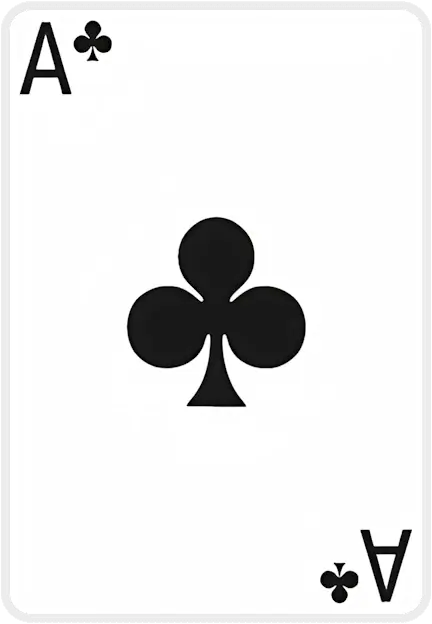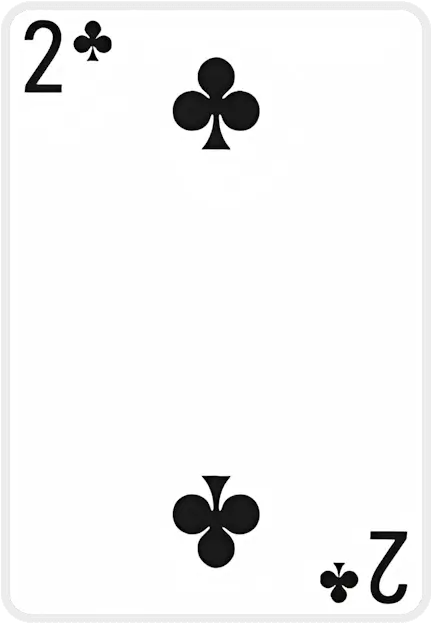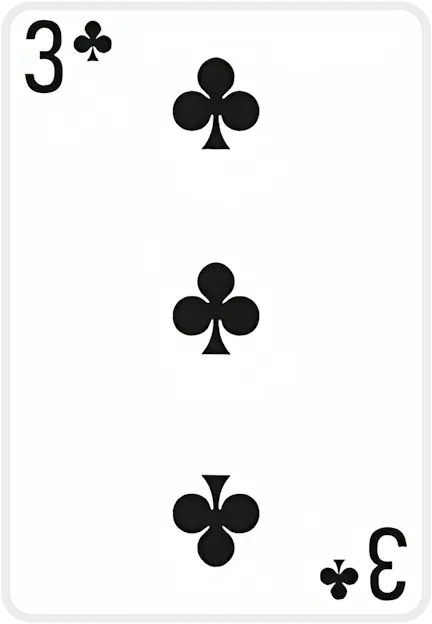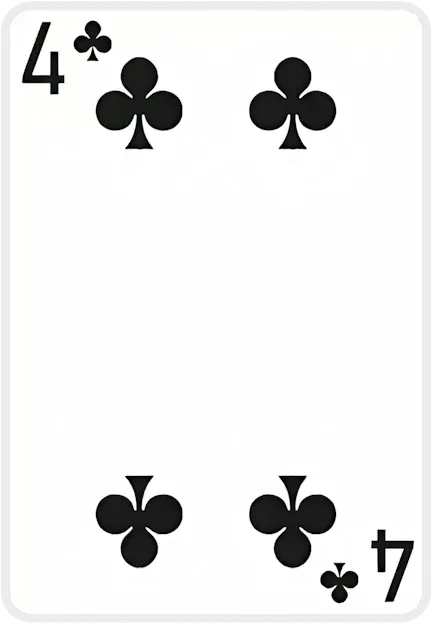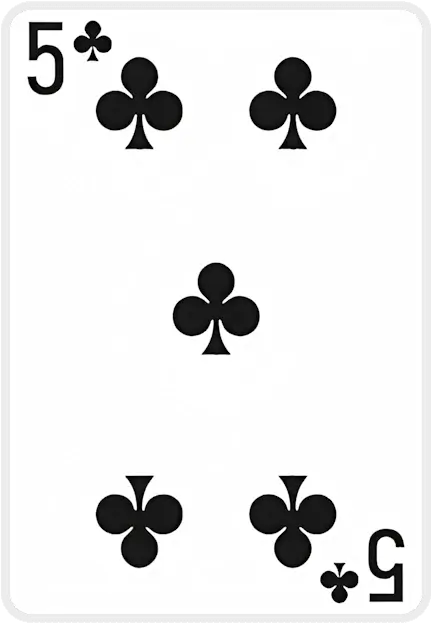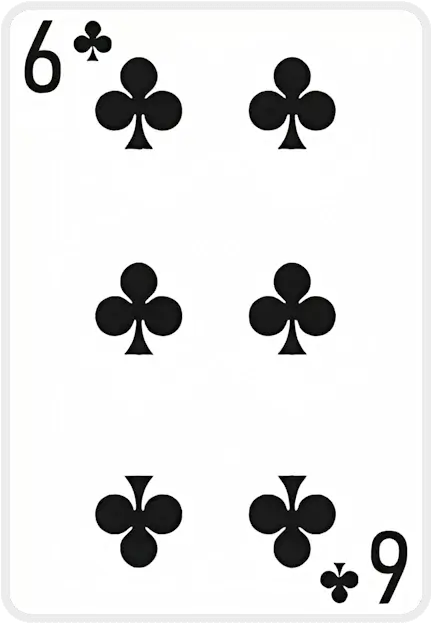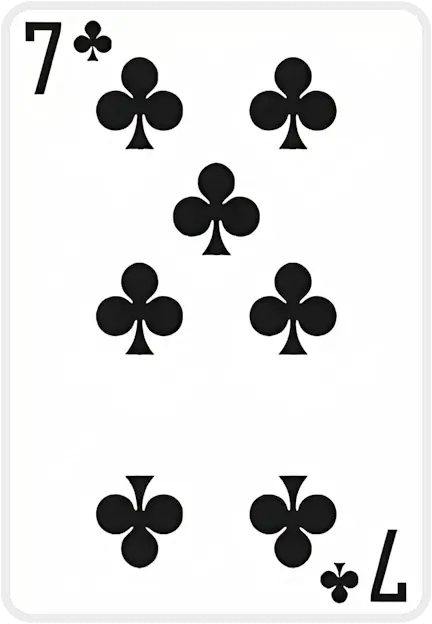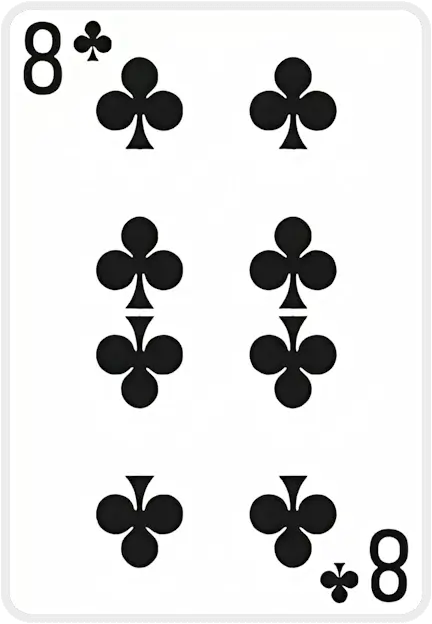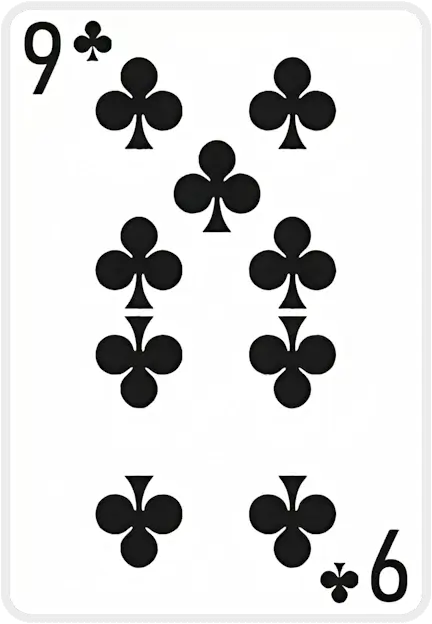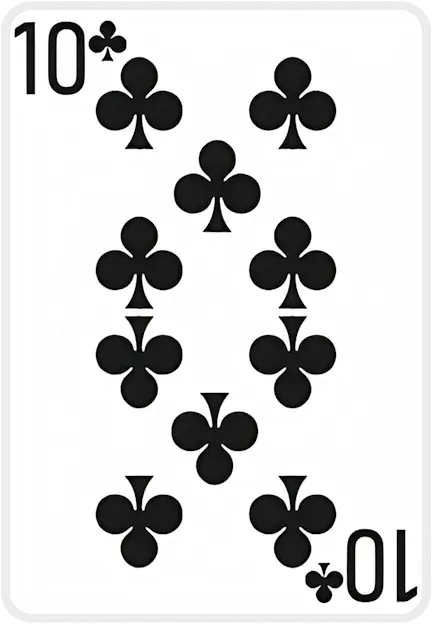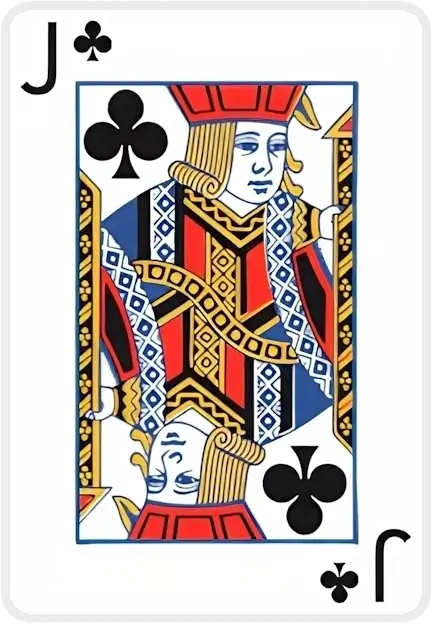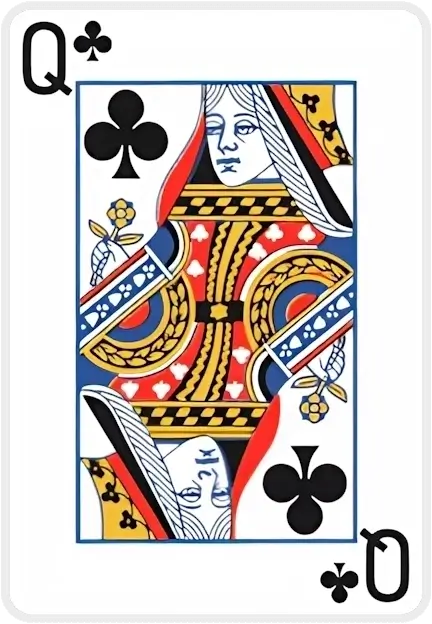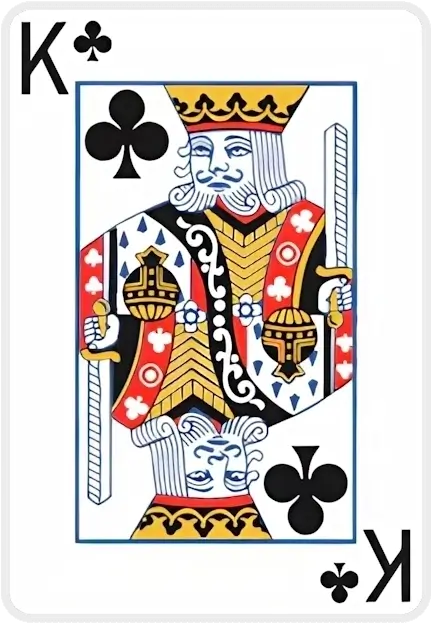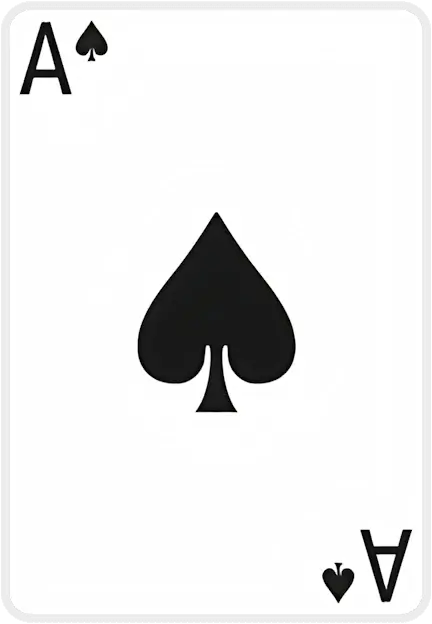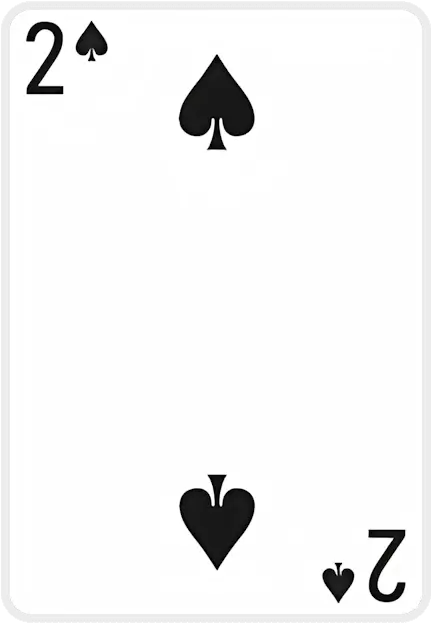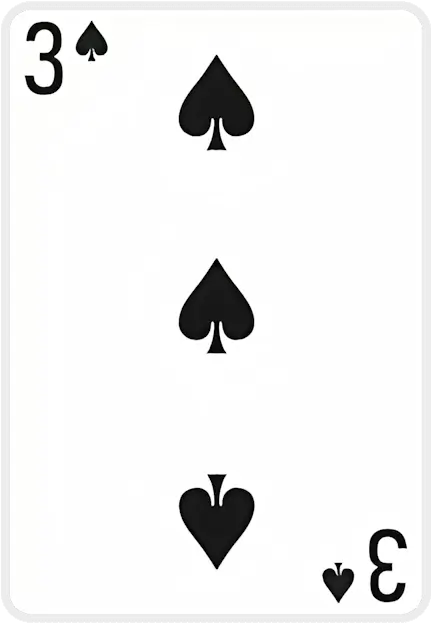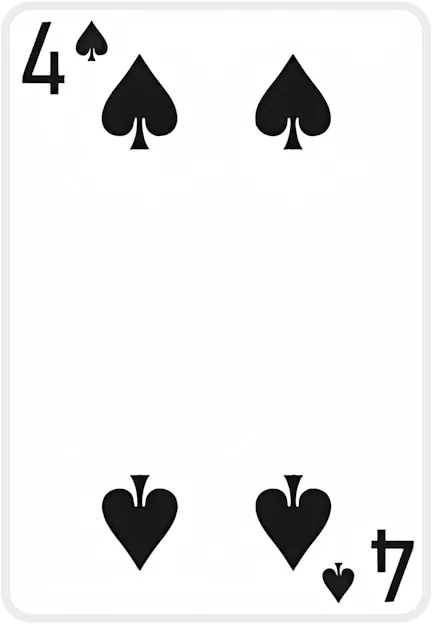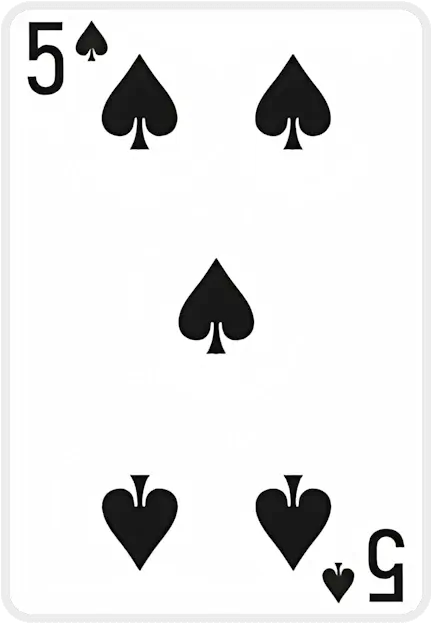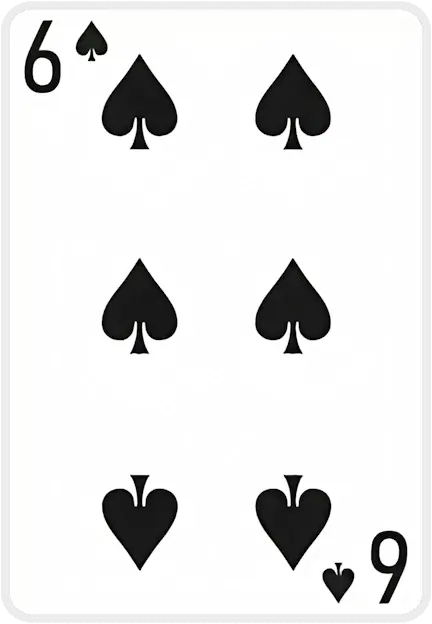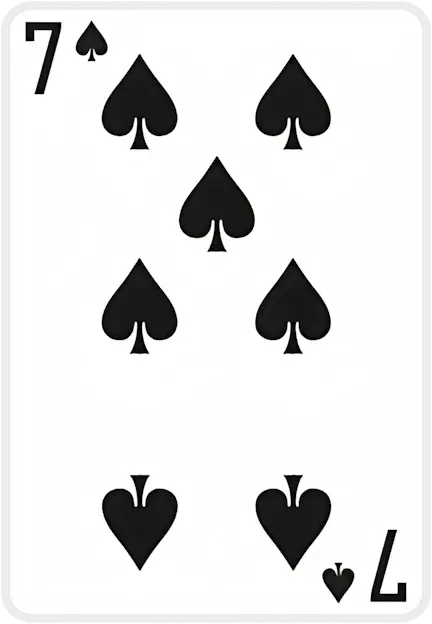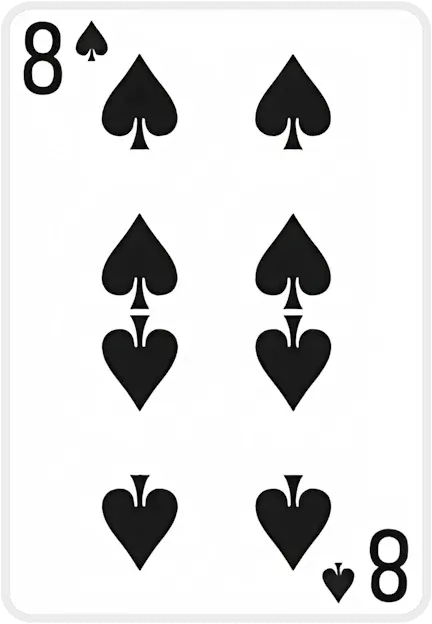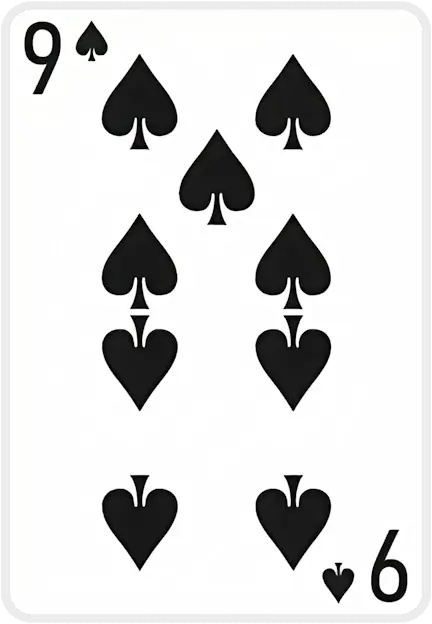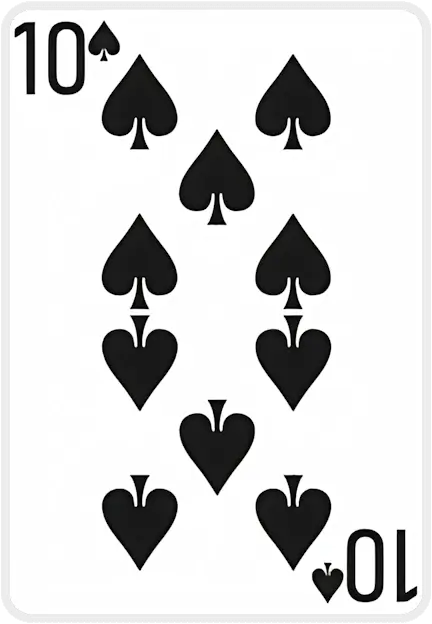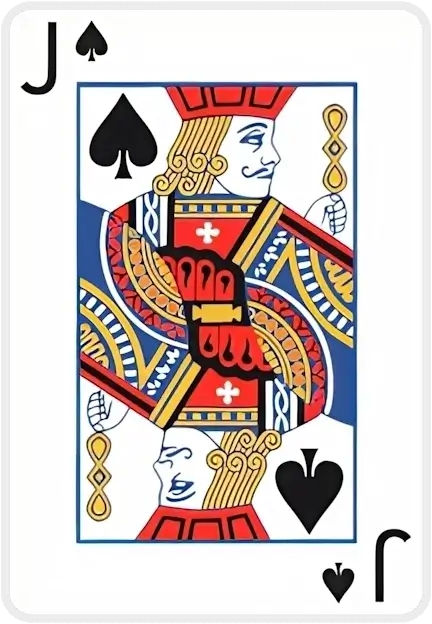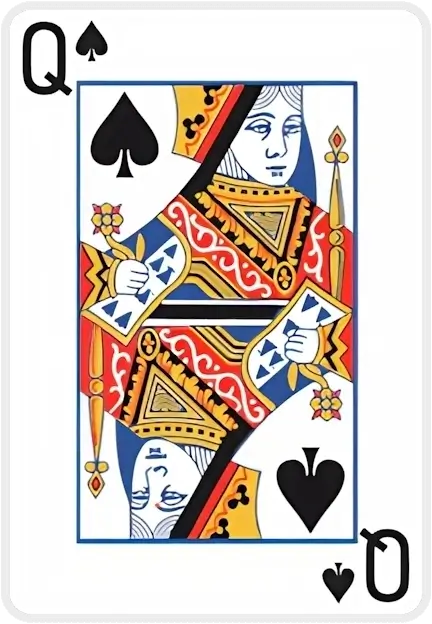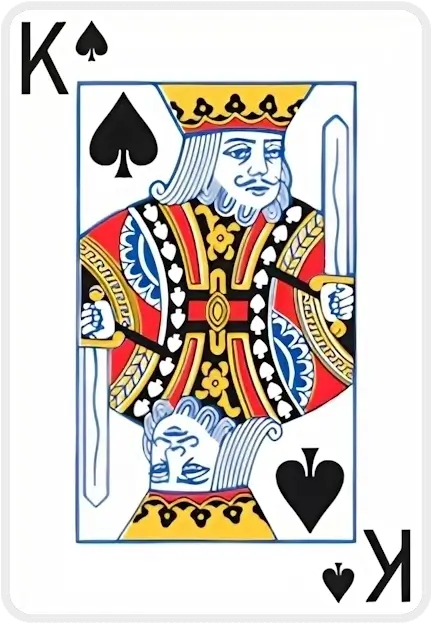Cannot drop, your card needs to be of an opposite suit colour
Cannot drop, your card needs to be one rank lower
Cannot move multiple cards to foundation
Card suit doesn't match foundation pile suit
Card can only be dropped on top of a card pile
Cannot deal cards when there are empty tableau piles
You can only move {0} card(s) at a time based on the current free cells and tableau
The cards don't add up to 13 and cannot be moved
The card is inaccessible and move cannot be performed
Cards must be in sequential order (one higher or lower)
Canfield Solitaire

Canfield Solitaire: The Ultimate Classic Card Challenge
Welcome to Canfield Solitaire on SolitaireX, where you can play free Canfield Solitaire in your browser! It's a classic solitaire game with a twist – similar to Klondike but more exciting and a bit trickier. This online Canfield card game offers an easy setup and all the fun of a traditional patience game. In this guide, we’ll walk through the solitaire rules and strategies you need to know and share plenty of solitaire tips and tricks to improve your game.
Whether you’re a seasoned player or new to patience games, you’ll find something here to help you win. Ready to give it a try? Let's get started! And if you love Canfield, be sure to check out our other free solitaire classics like Klondike Solitaire and FreeCell too!
Rules of Canfield Solitaire
Here’s how to play Canfield Solitaire step by step:
- Setup: Shuffle a standard 52-card deck. Deal 13 cards face down and place them to your left; turn only the top card face up to create the reserve. Take the next card from the deck and place it face up in the center – this is the first foundation base. Its rank (for example, if it's a 5) will determine the sequence for the foundations. The remaining three cards of that rank will eventually go on the other foundations when they become available.
- Tableau: Deal four cards face up in a row below the foundation; this starts your tableau. These piles build down in alternating colors. For example, if a card on the tableau is the 9♠, you can place an 8♥ or 8♦ on it. You can only move the top card of each tableau pile, or move an entire face-up sequence together if it follows the alternating-color rule.
- Reserve: The 13-card pile on your left is the reserve. Its top card is always available for play – you can move it to a foundation (if it follows the sequence and suit) or onto the tableau (if it fits the color/number pattern). Whenever you create an empty space in the tableau, immediately fill it with the reserve’s top card. If you eventually run out of cards in the reserve, you may fill empty tableau spaces with the top card of the waste pile instead.
- Stock and Draw: The remaining cards form the stock (draw pile). Turn cards from the stock three at a time onto the waste (discard) pile. Only the top card of the waste is playable onto the foundations or tableau. When the stock is exhausted, you may pick up the waste pile, flip it over (without shuffling), and continue – you can redeal indefinitely until no more moves are possible.
- Building Foundations: Each foundation is built up in suit, starting from the base card. For example, if the base is a 5♣, you place 6♣, 7♣, … up to King, then wrap around with Ace, 2♣, 3♣, 4♣. Only cards of the same suit and next rank can go on a foundation.
- Playing: The game continues as you move cards to the foundations and tableau whenever legal. Remember: foundations build up by suit, tableau builds down by alternating color, and you must always use the reserve card to fill a space when available. Plan your moves to uncover hidden cards in the reserve and tableau. Moves that free more cards usually help you win.
- Winning: You win when all 52 cards have been placed on the four foundations. Canfield Solitaire is challenging, but that makes it extra satisfying when you conquer it!
History of Canfield Solitaire
For a quick history lesson, Wikipedia notes that the game was first documented in 1891 in England under the name "Demon Patience Author Mary Whitmore Jones even praised it as "the best game for one pack that has yet been invented". Later, a famous story says that casino owner Richard A. Canfield made a gambling game out of it in Florida around 1900, which is how the American name "Canfield" stuck. Whether legend or fact, this colorful tale helped the game become known worldwide. Today Canfield remains a classic solitaire game – challenging, intriguing, and with a history that card fans.
Tips and Tricks for Winning
If you’re feeling stuck, try out these solitaire tips and tricks to boost your chances:
- Always use the reserve: The top card of your reserve pile should be played whenever possible. It can be placed on the foundations or tableau following the usual rules, and using it to fill spaces uncovers new cards.
- Create empty spaces wisely: When a tableau column is empty, immediately fill it with the top card of the reserve. If the reserve is gone, use the waste pile card. Empty columns let you bring new cards into play, so empty one whenever you can to unlock the reserve.
- Build foundations early: Whenever you have a playable card for a foundation (same suit, next rank), put it down. Early foundation building frees up cards in the tableau and reserve. Even if you want to hold off, remember new moves often come from moving cards to the foundations.
- Alternate colors in the tableau: Follow the descending alternating-color rule carefully. Plan moves to avoid blocking important cards. For example, avoid covering a low red card with a black card if you’ll need it on the foundation soon. Think ahead to keep as many cards available as possible.
- Watch the waste pile: You turn three cards at a time to the waste. Pay attention to that top card – sometimes you might cycle through the stock just to get a certain card into play. Since redeals are unlimited, use each draw strategically.
- Use redeals wisely: After the stock runs out, you can redeal by flipping the waste back over. You can do this as many times as needed. Remember that redealing doesn’t shuffle the cards; it lets you reuse them in the same order, so think ahead about the best time to cycle through again.
- Be patient and use undo if available: Canfield often requires trial and error. If SolitaireX offers an undo button, use it to backtrack moves and try different strategies without restarting. Learning when to undo can dramatically improve your success.
- Practice makes perfect: The more you play, the better you’ll spot opportunities. Compare different move sequences and see which ones unlock more cards. Over time, you’ll develop your own winning strategies for this tricky game.
Frequently Asked Questions (FAQ)
- Why can't I move a card? If a card won’t move, it usually means you’re not following the rules. In Canfield, only the top card of each tableau pile (and the top cards of the reserve or waste) can be moved. Moves to the tableau must build down in alternating colors, and moves to the foundations must build up by suit. A card under other cards or one that doesn’t fit these patterns simply can’t be moved. If you’re unsure, review the rules above to ensure you’re following the solitaire rules and strategies correctly.
- Does this game work on mobile? Absolutely! Our online Canfield card game is fully browser-based and designed to work on both desktop and mobile devices. You can play on your smartphone or tablet just as easily as on a PC. (Instead of clicking, you’ll tap the cards, but the rules and gameplay are the same.)
- Is there a way to undo moves? Many online solitaire games offer an undo feature. Check the game controls on SolitaireX; if an undo button is available, you can use it to backtrack a move. Using undo allows you to experiment without losing your progress. If an undo option isn’t visible, remember you can always redeal or restart the game and try a different strategy.
- Why is Canfield Solitaire so challenging? Canfield has a reputation for being one of the tougher patience games. In fact, Wikipedia notes that it has a very low probability of winning (around 1 in 30 deals). The limited moves and hidden reserve make it hard to find the perfect sequence. The best approach is to use careful strategy and stay patient – every game is a chance to improve, even if you don’t win it!
Ready to give Canfield another shot? Shuffle the deck and play free Canfield Solitaire now at SolitaireX! Remember, practice and patience are key. For more fun solitaire games and challenges, visit our SolitaireX homepage anytime. Good luck, and enjoy the game!
Case Studies
All figures below come directly from our database. Using first-party data ensures every insight is evidence-based, up-to-date, and privacy-respectful.
| Game Tier | Stand-out Titles | Win Rate |
|---|---|---|
| Quick Wins | Spider (1 Suit), Hole-in-One, TriPeaks | 70–84% |
| Fair Challenges | Solitaire (Draw 1) – 913 k plays FreeCell, Golf |
45–63% |
| Expert-Level | Spider (4 Suits), Forty Thieves, Double Scorpion | ≤11% |
Curious which moves turn the odds in your favor? Explore all the data & strategies →
What people say about us
Interview with Beverley Walker-Daury
At 87, Beverley Walker-Daury shares how SolitaireX brings joy, companionship, and purpose to her days in a retirement home.
Player Interview: Poul Andersen
Poul Andersen shares how playing SolitaireX helps him keep his brain sharp and active.
Player Interview: Peter Gross
Peter Gross, 81, shares how SolitaireX became his go-to place for relaxing Freecell games and friendly competition.
Player Spotlight: St0Sh0’s Record-Breaking Runs on SolitaireX
We sit down with speed-solitaire sensation St0Sh0 to talk record times, favorite variants, and why SolitaireX is his go-to card-game hub.
Fresh from the SolitaireX Blog

Decks & Destinations: The Solitaire Traveler Series Part 5: Berlin — Strategy & Culture Walks
Berlin’s rhythm of reflection and structure pairs perfectly with Solitaire’s calm logic. This guide invites travelers to explore the city’s culture and canals with a few mindful moves between each stop.

Decks & Destinations: The Solitaire Traveler Series Part 4: Tokyo – Mindful Play in a Fast City
Tokyo’s fast pace hides countless moments of calm — perfect for a mindful round of Solitaire. This traveler’s guide pairs iconic spots with short, focused play sessions to restore clarity on the go.

Decks & Destinations: The Solitaire Traveler Series Part 3: Seattle — The PC-Era Vibe
Seattle’s rain-washed calm pairs perfectly with Solitaire’s quiet focus. This traveler’s guide shows how to blend sightseeing, coffee breaks, and short, finite puzzles into a mindful PC-era rhythm.

Decks & Destinations: The Solitaire Traveler Series Part 2: London – From “Patience” to Presence
London’s slower moments pair perfectly with Solitaire—once known locally as “Patience.” This traveler’s guide blends calm city rhythms with mindful card play to help you recharge between adventures.
Latest guides crafted by Stoyan Shopov and Kalin Nikolov
Golf Solitaire Mastery: Strategy, Stats & Flow
Deal 7 columns of 5 face‑up cards (35 total). The remaining 17 cards*form the stock; flip the first stock card to start the waste. You may move only exposed tableau cards, and only if the rank is exactly one higher or lower than the waste top. Suits don’t matter. When no move exists, flip a new waste card. Clear all tableau cards to win.
TriPeaks Solitaire Mastery: Strategy & Analytics
Two peaks are dust; one stubborn ridge remains. Your waste shows a 9. The tableau flashes 10‑J‑10‑9‑8 like a heartbeat. You nudge the 10, feel the cadence lock in, and—without overthinking—trace a neat descent that crumbles the last peak. That tiny spark of *flow* is why TriPeaks hooks serious players: rhythm, restraint, and the rush of a run that arrives exactly on time.
Pyramid Solitaire Mastery: Strategy, Stats & Joy
Picture the pyramid down to its last stubborn tier: a Queen pinned beneath a ridge, a lone Ace on the waste, and a King begging to be burned for tempo. Heartbeat, breath, click—then the whole structure yields in a rush. If you’ve hit that razor‑edge finale, you already know Pyramid’s secret: small decisions, made in the right order, change everything.
FreeCell Solitaire Mastery: Strategy & Analytics Guide
I have a 15 years personal, lived experience—picture a scene built from thousands of session logs and notes from serious players: It’s late, and the board looks jammed. You clear a single column, free one cell, and suddenly a 9♣‑8♦‑7♣‑6♦ chain glides into place, untying the knot you stared at for ten minutes. The rush isn’t luck—it’s the quiet pleasure of a plan snapping into focus. When did FreeCell last feel less like “killing time” and more like practicing a craft you can actually master?
Media About Us
0


